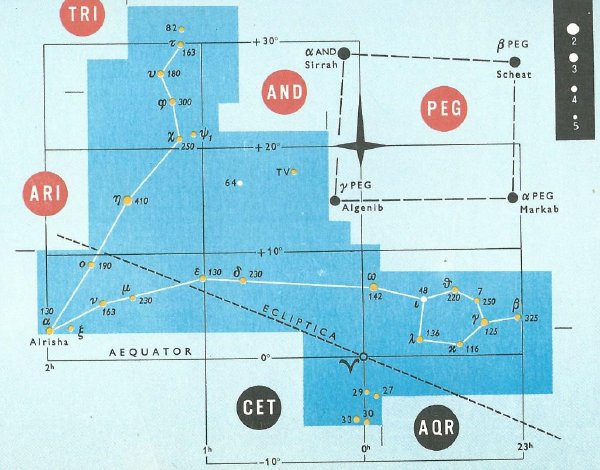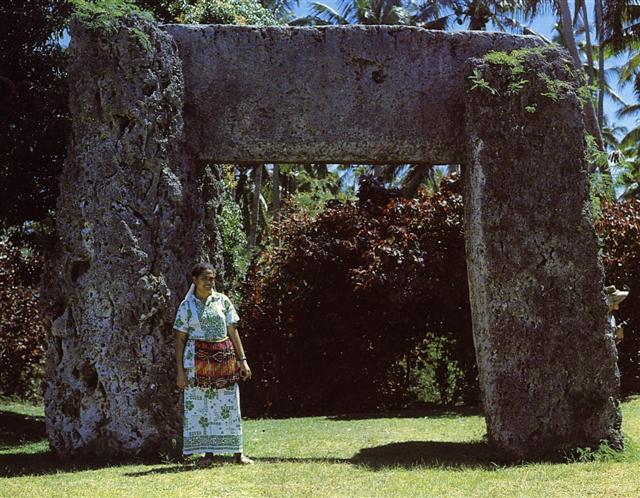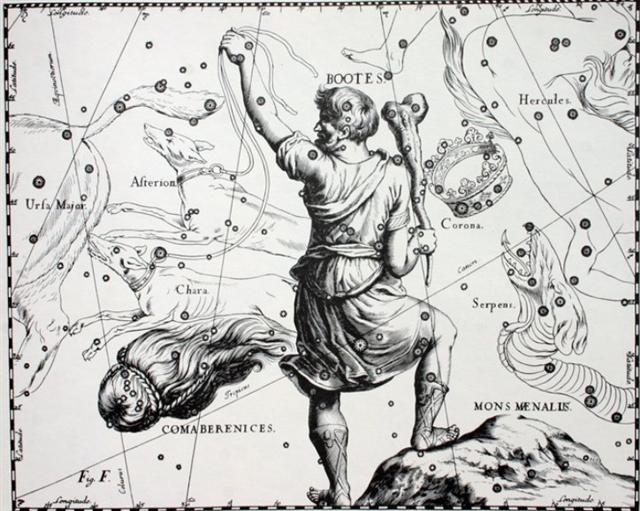|
29
Number 29 alludes to the night of Hiro (Mercury). When the old woman (somewhere in the Mediterranean area) was asked what 29 meant she chuckled and formed a round opening between her left forefinger and thumb through which she then repeatedly pushed her right forefinger. ...when the new moon appeared women assembled and bewailed those who had died since the last one, uttering the following lament: 'Alas! O moon! Thou has returned to life, but our departed beloved ones have not. Thou has bathed in the waiora a Tane, and had thy life renewed, but there is no fount to restore life to our departed ones. Alas' ... The basic meaning of 29 seems to be absence. It is the remarkable event after the presence of Sun light on the 28 faces of the Moon (→ E:28). In the D text, measuring 212 glyphs (right ascension days), we can count 212 - 29 = 183 (= 366 / 2).
From this little table we can then count 112 days to the left of Da7-9 and 212 - 143 = 69 days to the right of Db2-1, which in turn will give us 112 + 69 = 181 days, presumably an allusion to June 30 and heliacal Sirius although it was also (for instance) the day distance from Aldebaran (148, *68) to Antares (329, *249).
In other words 181 (*101) + *31 = *132 (212) = 395 (*315) - 183, where *315 could refer to Baten Algedi (the Belly of the Goat, the star which had been denoted ω Capricorni). In the G text its side a carries 229 glyphs and this could perhaps indicate we should recount 229 into 200 (= 171 + 29 = 9 * 19 + 29) regular calendar days. Notably June 20 (161 + 10) + 29 = 200 (July 19) was located at heliacal ω Cancri (*120 = *195 right ascension days earlier than Baten Algiedi).
However, the first 6 glyphs on side b of the G tablet should reasonably be included in our overview because glyph number 235 is at Gb1-6. The action of turning a rongorongo tablet around could have been associated with a recalibration of the relation between dates and stars, not only as shown above for the D tablet but also, as we have seen, on the C tablet where the view certainly had shifted from heliacal to nakshatra 6 days after heliacal Polaris (*26), at the time when the Full Moon ideally would be at Arcturus (*215.4 → *315 - *100). April 16 (106, *26) + 6 = April 22 (*32) = October 22 (295) - 183. This idea suggests April 16 (April 10 + 6) at heliacal Polaris could be perceived as *29 right ascension days after Dzaneb, the star denoted ω in the tail of the horizontally oriented southern fish in Pisces:
Notably the distance from Baten Algiedi (ω Capricorni) to Dzaneb (ω Piscium) was *362 - *135 (→ Tau-ono, the 6 'stones' - stars - in the Pleiades → E:29) = *227 right ascension days → 22 / 7 → π.
Polaris at April 16 (106, *26) + 6 = April 22 (*32) = Arcturus at October 22 (295, *215) - 183. Ca13-20 (→ 13 * 20 = 260) at nakshatra September 17 (260, *180) + *29 + *6 = *215 (October 22) at nakshatra Cb1-6. Dzaneb was not at 0h, which seems to have forced a necessary compensation for the 3 (= *365 - *362) days 'when only cold food could be served'. This surely followed from the culmination (at 21h) of Acubens, for there were 3 days from March 18 to March 21 (0h). ... In China, every year about the beginning of April, certain officials called Sz'hüen used of old to go about the country armed with wooden clappers. Their business was to summon the people and command them to put out every fire. This was the beginning of the season called Han-shih-tsieh, or 'eating of cold food'. For three days all household fires remained extinct as a preparation for the solemn renewal of the fire ...
|
||||||||||||||||||||||||||||||||||||||||||||||||||||||||||||||||








